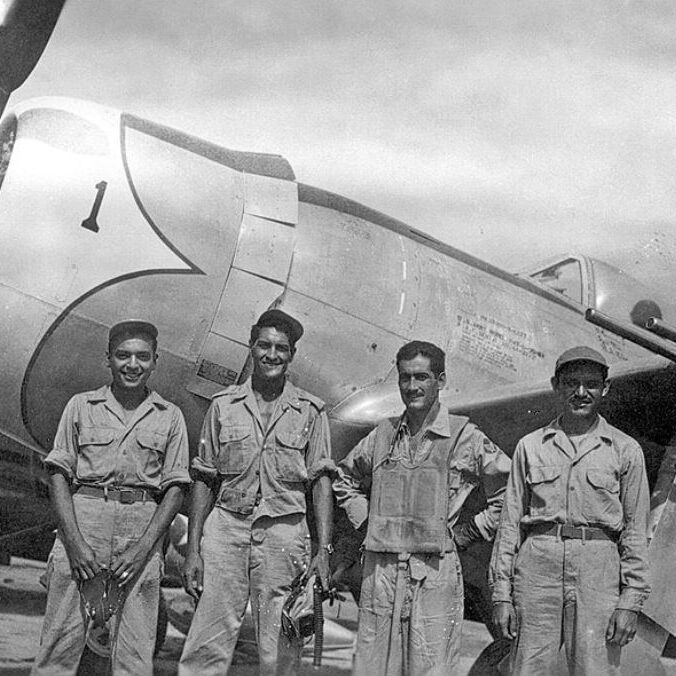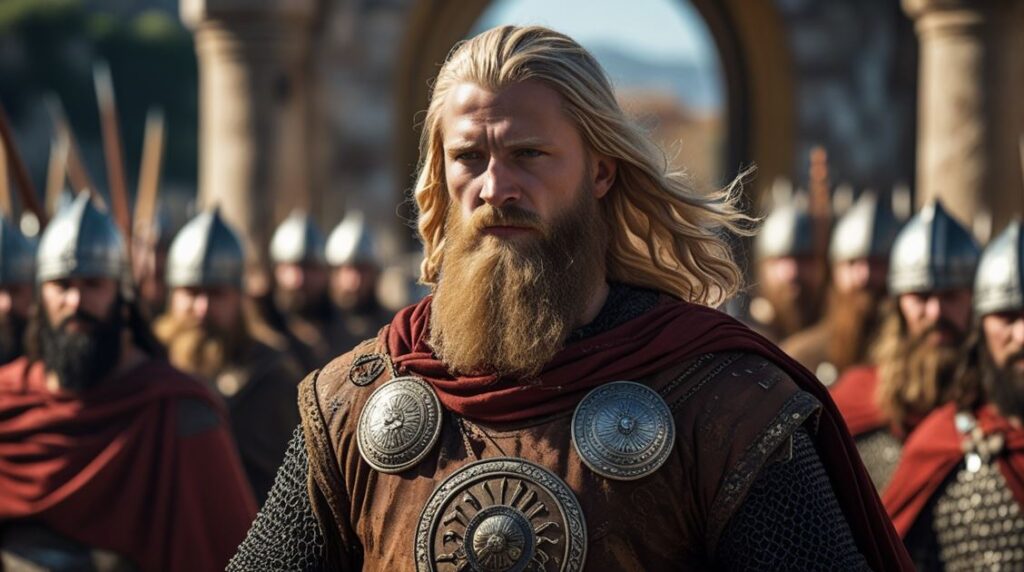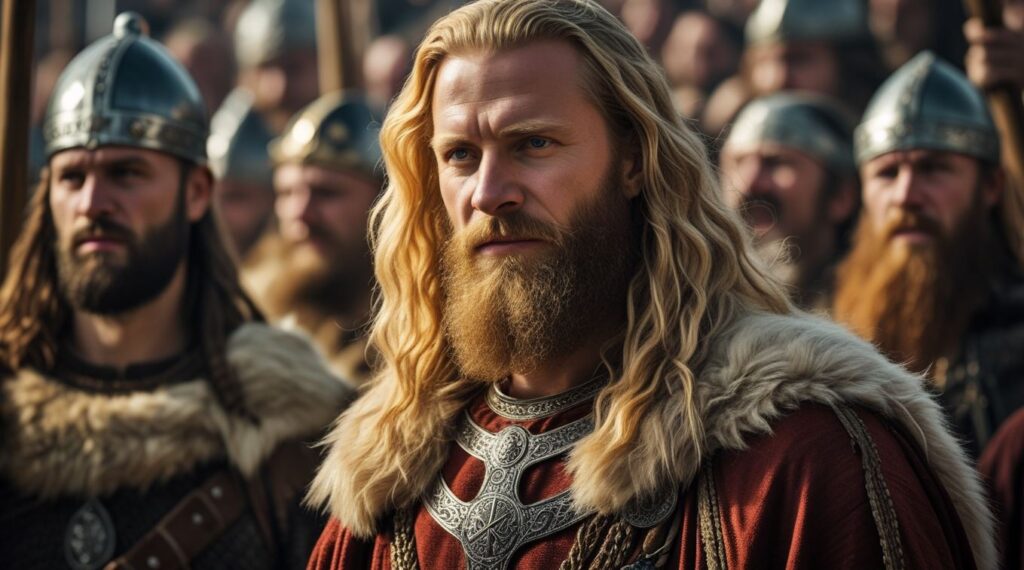What was Mexico’s role in World War 2? While often overlooked in discussions of World War 2, Mexico made a significant contribution to the Allied cause through its sole fighter squadron that participated in combat operations.
The 201st Fighter Squadron of the Mexican Expeditionary Air Force deployed to the Philippines in mid-1945. Under the command of the United States Army Air Forces, the squadron flew over 90 grueling combat missions supporting the liberation of the islands from Japanese control.
This article will take an in-depth look at the actions and accomplishments of Mexico’s 201st Fighter Squadron during the final months of World War 2 in the Philippines.
1. Mexico’s Prewar Struggles and Ideologies
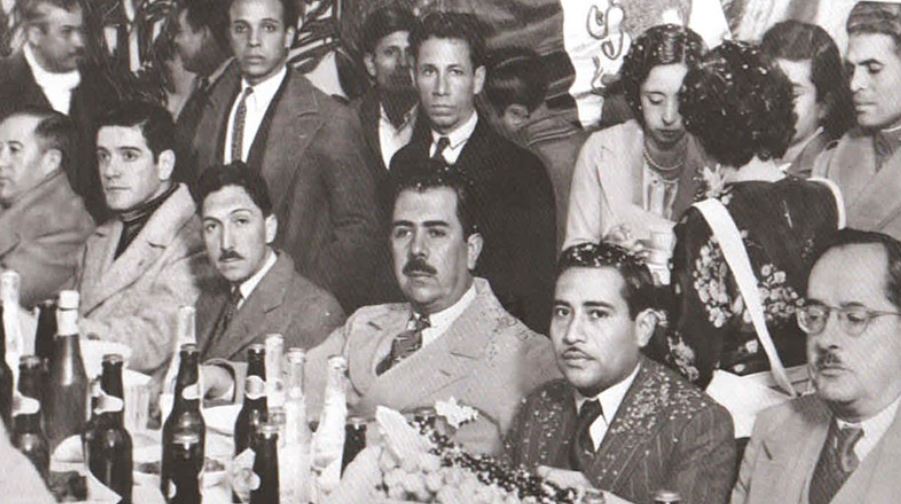
In the years leading up to World War 2, Mexico grappled with a complex internal social situation characterized by profound socio-economic disparities. The majority of the population consisted of peasants, creating a nation predominantly rooted in agricultural activities.
Despite this socio-economic inequality, a semblance of social stability was maintained through a delicate balance between left and right-wing factions, along with the presence of influential union organizations.
Various union organizations, such as the Confederation of Mexican Workers (CTM) and the Unión Sinarquista de México, represented the left-wing interests in the country.
The Communist Party of Mexico (PCM) stood as a voice for the more radical left. Leaders like Vicente Lombardo Toledano and Fidel Velázquez Sánchez represented the more moderate left.
On the other side of the spectrum, the right-wing was characterized by a broad conservative and pro-clerical sector, the business community (especially financial and industrial entities), and the newly established National Action Party (PAN) in 1939 under Manuel Gómez Morín. The ideological clashes between these left and right-wing factions were constant, often leading to violent conflicts.
Amidst these tensions, relative social stability was achieved through the astute leadership of President Lázaro Cárdenas.
By consolidating union organizations before the state, addressing the concerns of peasants, and postponing certain social reforms, Cárdenas managed to navigate the delicate balance between left and right-wing forces.
2. Mexico’s Neutrality in World War 2
At the onset of World War 2, Mexico, under the leadership of President Avila Camacho, declared a policy of neutrality. This followed its longstanding commitment to avoiding entanglements in international conflicts.
This declaration, however, did not signify passive detachment. The Mexican government expressed its strong disapproval of aggressions committed by Axis powers against democratic nations.
This principled stance was evident in Mexico’s condemnation of various invasions and incursions by fascist forces into sovereign territories.
President Avila Camacho’s administration engaged in what could be termed as “simulated neutrality.” This nuanced approach involved a strategic alignment with the Allies despite the outward appearance of impartiality.
The simulated neutrality was particularly evident in the government’s response to German submarine attacks on Mexican oil tankers. As these attacks intensified, President Avila Camacho’s administration began adopting measures that unmistakably favored the Allies.
The seizure of German and Italian ships in Mexican ports, including the Italian-flagged tanker Lucifero, demonstrated a shift from mere rhetoric to concrete actions in support of the Allied cause.
3. Mexico’s Declaration of War
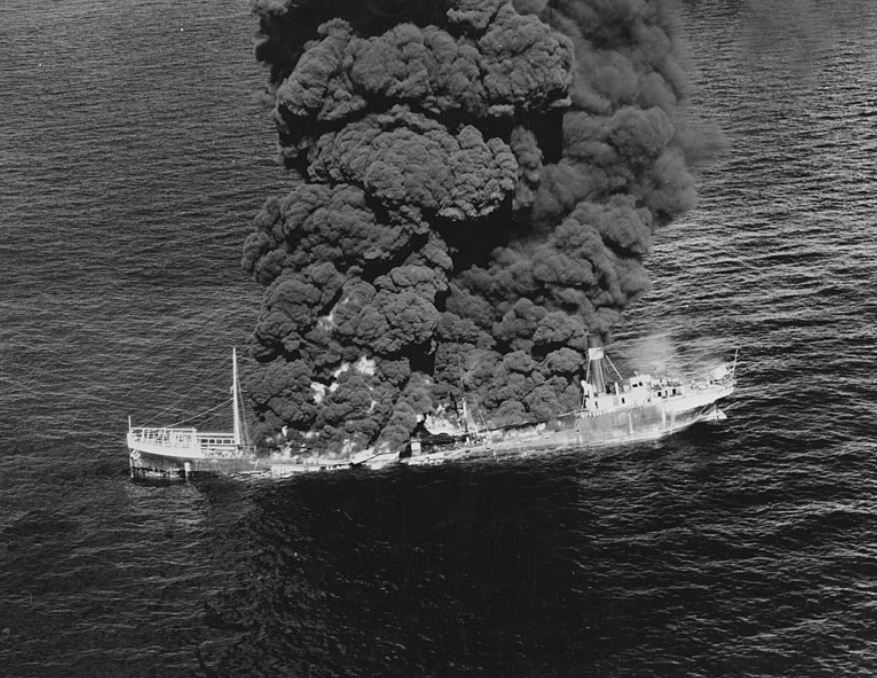
In 1942, German U-boats sank two Mexican oil tankers, the S.S. Potrero del Llano and SS Faja de Oro, in the Gulf of Mexico. The tragic incidents resulted in the loss of 20 crew members and the spilling of over 8,000 tons of oil into the ocean.
The Reich’s failure to respond to Mexico’s demands for accountability painted a stark picture.
Reports suggested that the Kriegsmarine believed they were attacking American ships off the coast of Florida. Nevertheless, these acts of aggression proved to be the catalyst that triggered Mexico’s Declaration of War.
On May 22, 1942, President Ávila Camacho publicly declared Mexico’s alignment with the Allies, marking a decisive shift in its diplomatic stance.
With Mexico reluctantly drawn into the conflict, diplomatic maneuvering took center stage. The United States, sensing an opportunity to bolster its alliance, began coercive tactics to ensure Mexico’s active participation in the Allied cause.
The U.S. pressure and Germany’s U-boat warfare had effectively shifted the neutrality balance, propelling Mexico into a war it had initially sought to avoid.
4. Escuadrón 201: The Aztec Eagles
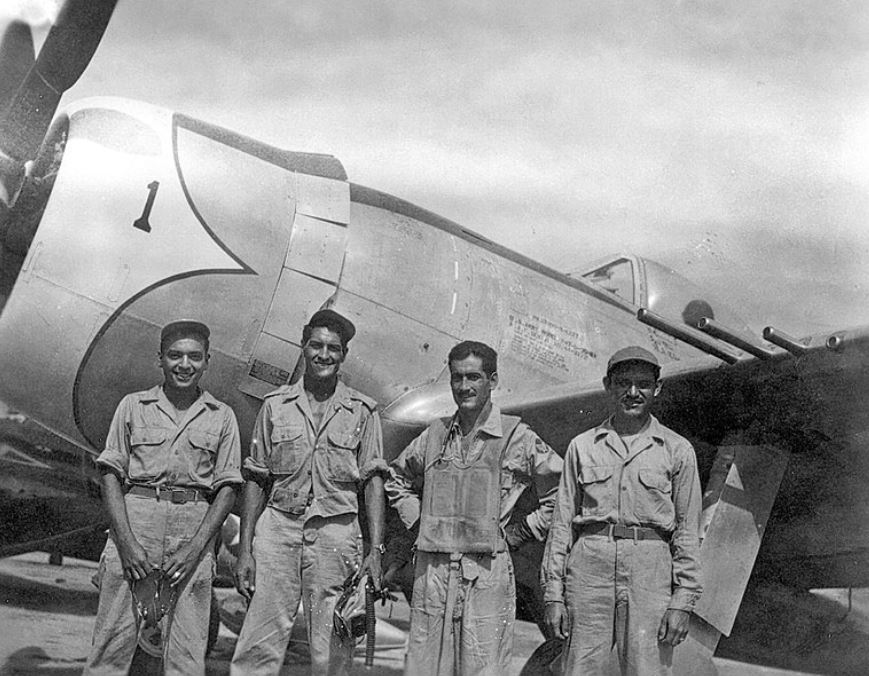
In the early stages of the war, the Mexican contribution was primarily limited to the military defense of the coasts of Baja California.
While Mexico initially adopted a defensive stance during World War 2, its commitment to the Allied cause evolved significantly with the deployment of the Aztec Eagles squadron to the Pacific theater.
The decision to send the squadron to the Philippines in 1945 marked a strategic shift in Mexico’s military involvement. This reflected a move towards a more proactive contribution to the global conflict.
Military Training and Preparation
In 1943, the Escuadrón 201, the Aztec Eagles, commenced training in American facilities.
Comprising 300 brave Mexican volunteers, the squadron found themselves seamlessly integrated into American training facilities and technologies.
From mastering combat tactics to the nuances of close air support, the Aztec Eagles underwent rigorous training. This preparation ensured the squadron’s readiness for the complexities of air combat in the Pacific theater.
Overcoming language barriers,
Escuadrón 201 trained alongside their American counterparts and had to overcome a language barrier. But this enriched their experience and lay the foundation for effective collaboration during combat missions.
The Leadership of Colonel Antonio Cardenas Rodriguez
At the helm of Escuadrón 201 stood Colonel Antonio Cardenas Rodriguez. He was a leader with a wealth of experience and crucial connections.
He shaped the squadron’s trajectory and his leadership style, forged in the crucible of combat over North Africa, became a guiding force for the Aztec Eagles.
Having flown missions over North Africa with the U.S. 97th Bomb Group, he brought insights instrumental in preparing Escuadrón 201 for the challenges they would face. His connections, notably with USAF General Jimmy Doolittle, facilitated seamless integration into broader Allied efforts.
Pérez Gallardo’s leadership style was defined by a balance of tactical acumen and unwavering courage. In the skies, he led by example, executing daring maneuvers that inspired his fellow pilots. On the ground, he fostered a sense of camaraderie, creating a cohesive unit ready to face the challenges of war.
The P-47 Thunderbolts: The Mexican Identity

The P-47 Thunderbolt could carry two 500-pound bombs for close air support—an essential feature for the Pacific theater. With eight .50 caliber guns, the Thunderbolt became an ideal companion for the aggressive combat style embraced by the Aztec Eagles.
Escuadrón 201’s P-47 Thunderbolts aircraft underwent a transformation beyond functionality. The P-47 Thunderbolts received a makeover infused with a distinct Mexican identity. This modification symbolized a fusion of military prowess with national pride.
Escuadrón 201 received permission to modify the insignias of their P-47s, infusing Mexican symbolism alongside the USAF logo.
The colors of the Mexican flag adorned the aircraft’s fins, and some pilots went further, painting the squadron’s mascot, “Pancho Pistolas,” a Mexican chicken created by the Walt Disney Company. This distinctive visual identity not only served practical purposes but also fostered a sense of national pride among its members.
Achievements in Combat: The Impressive Statistics of the Aztec Eagles
In June 1945, the Mexican 201st Fighter Squadron began flying combat missions with the USAAF’s 310th Fighter Squadron in the Philippines.
They provided close air support to US and Philippine forces, attacking Japanese resistance points, bases, fortifications, supply routes, and machine gun pits. They flew primarily in support of efforts to push the Japanese out of the islands of Luzon and Formosa.
The Aztec Eagles’ combat missions yielded impressive statistics:
- Troop Elimination: The Aztec Eagles knocked out a staggering 30,000 Japanese troops, showcasing their effectiveness in combat situations.
- Combat Sorties: Registering around 2,000 hours of combat sorties, Escuadrón 201 displayed unparalleled commitment and endurance during their missions.
General Douglas MacArthur, the Supreme Command Allied Forces in Southwest Pacific Area, publicly recognized the Aztec Eagles for their role in the broader war effort.
The recognition from a seasoned military leader like General MacArthur not only validated the sacrifices made by Escuadrón 201 but also underscored the importance of their unique contribution.
The pinnacle of recognition came in 2004 when Escuadrón 201 was bestowed with the Philippine Legion of Honor. This prestigious honor, complete with the rank of Legionnaire, celebrated the bravery and valor displayed by the Aztec Eagles during their wartime service.
5. Post-War Legacy: Aztec Eagles and Mexico’s Global Impact
Mexico’s involvement in World War 2 catapulted the nation onto the global stage, shaping diplomatic relations in the post-war era.
- U.N. Security Council Seat: As a testament to its contributions, Mexico received one of the first rotating seats on the U.N. Security Council. This newfound prominence underscored the nation’s commitment to global peace and stability.
- Improved Relations with the U.S.: The wartime collaboration between Mexico and the United States laid the foundation for improved bilateral relations. The diplomatic shifts during the war evolved into a positive post-war relationship, fostering mutual respect and cooperation.
The return of Escuadrón 201 to Mexican soil was a triumphant moment, as the Aztec Eagles were welcomed home as celebrated heroes.
Although the squadron was disbanded, it became an integral part of the Mexican Air Force identity. The Aztec Eagles lived on in the collective memory of the nation.

